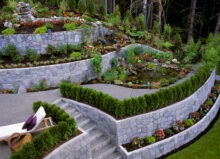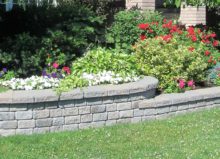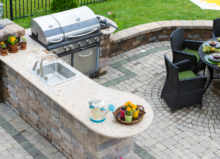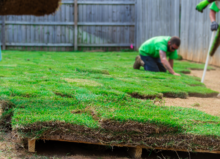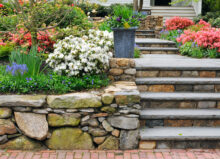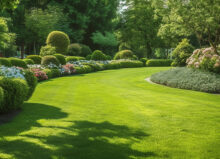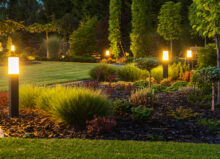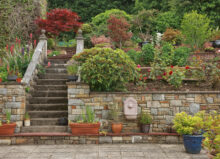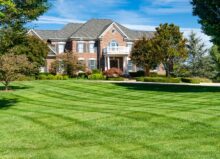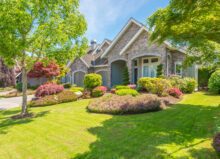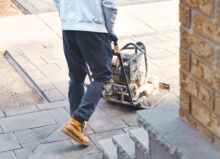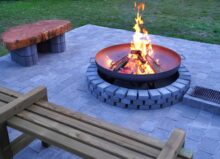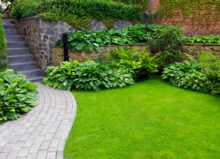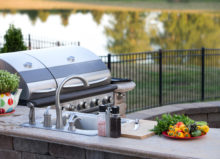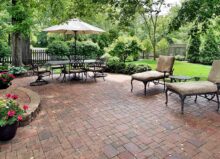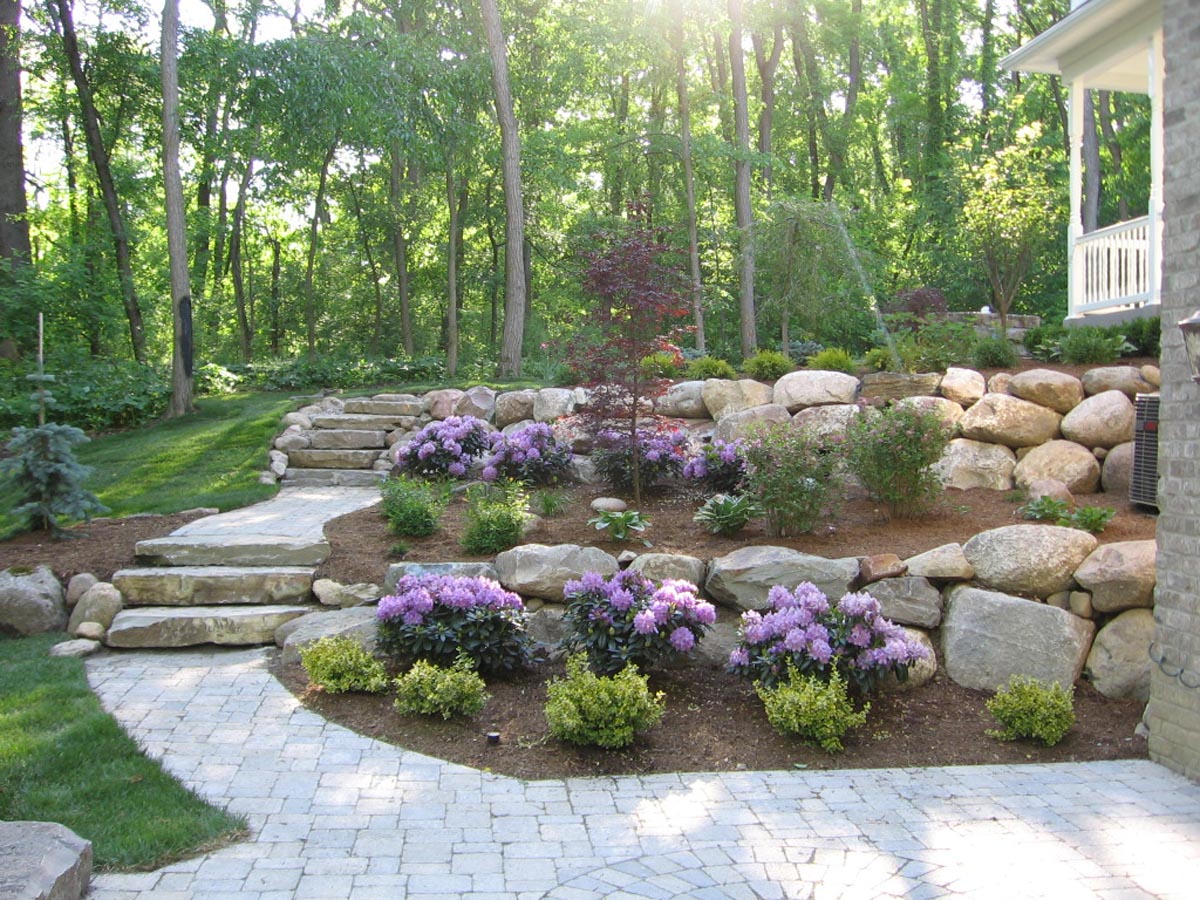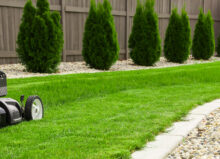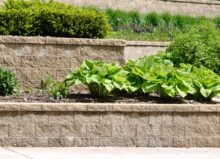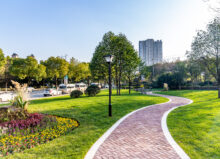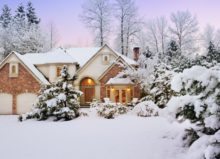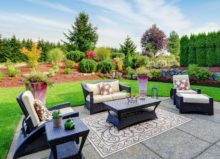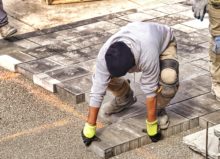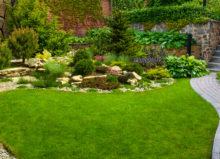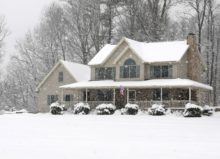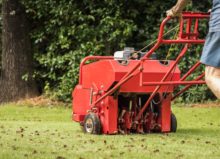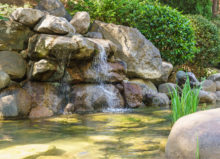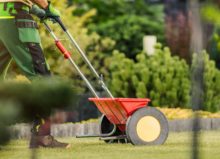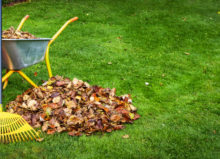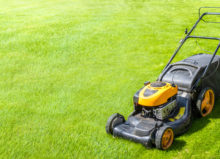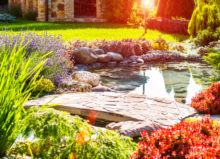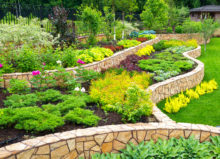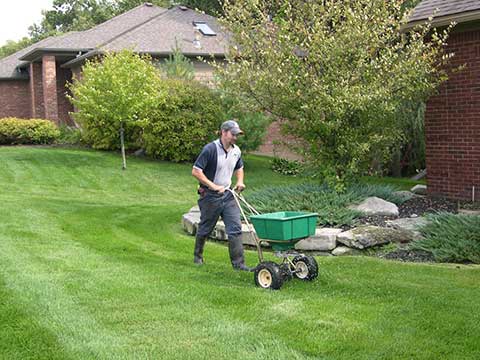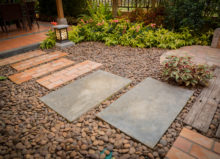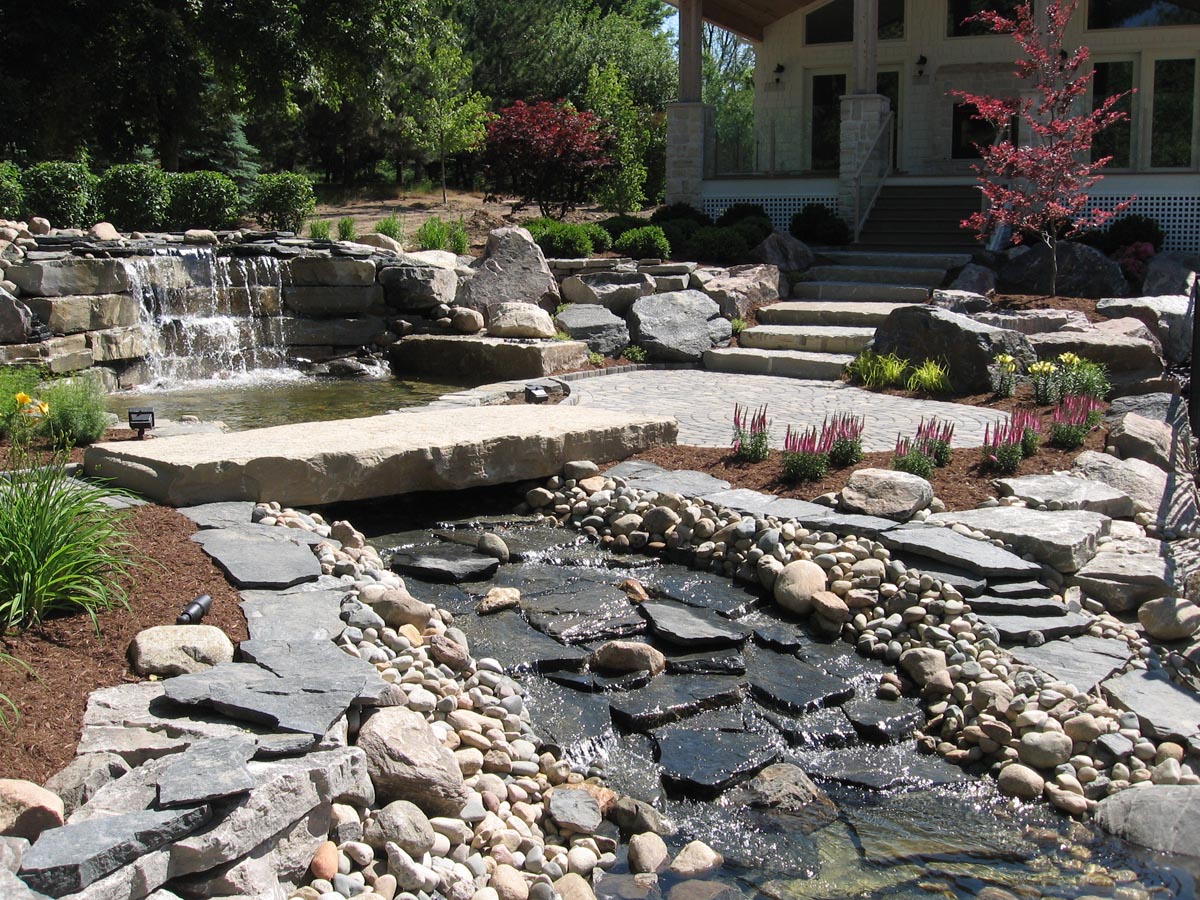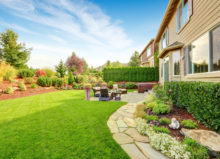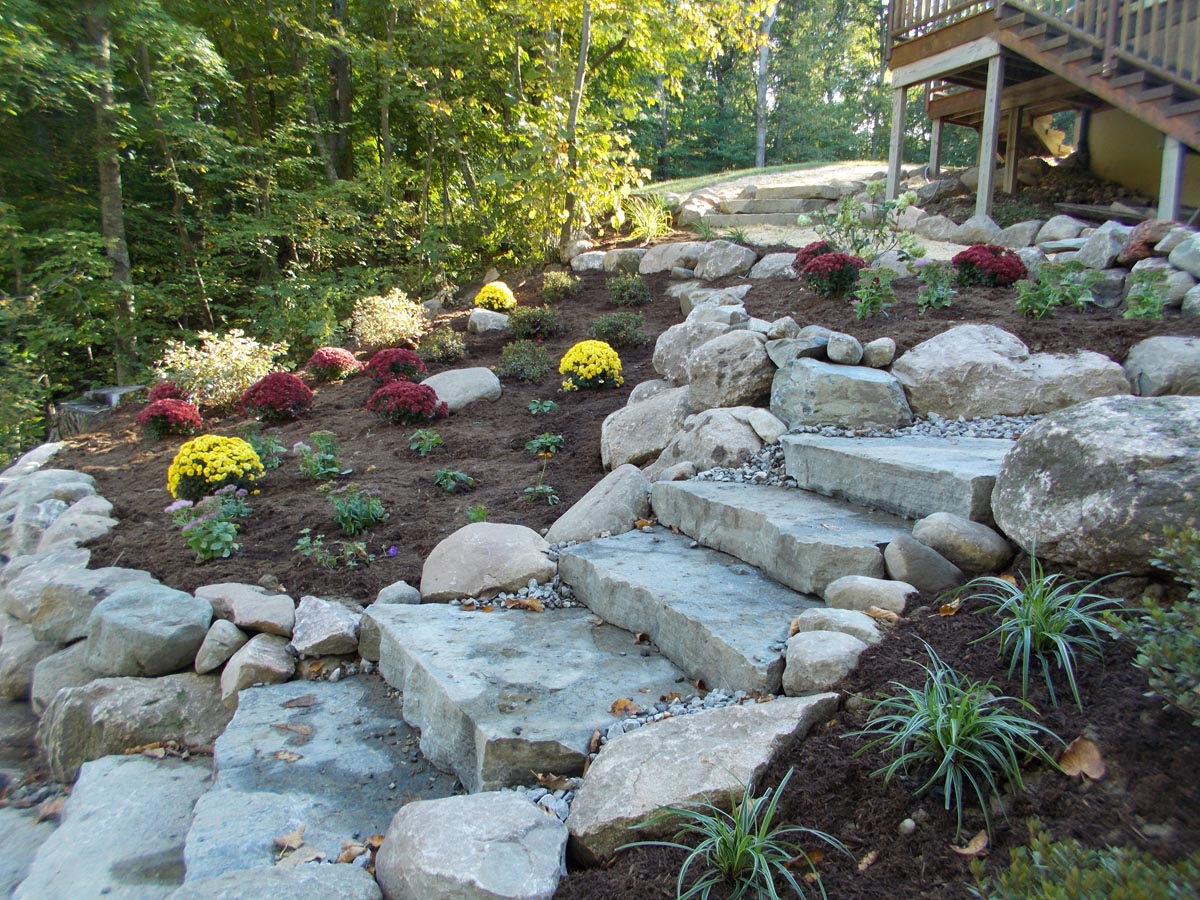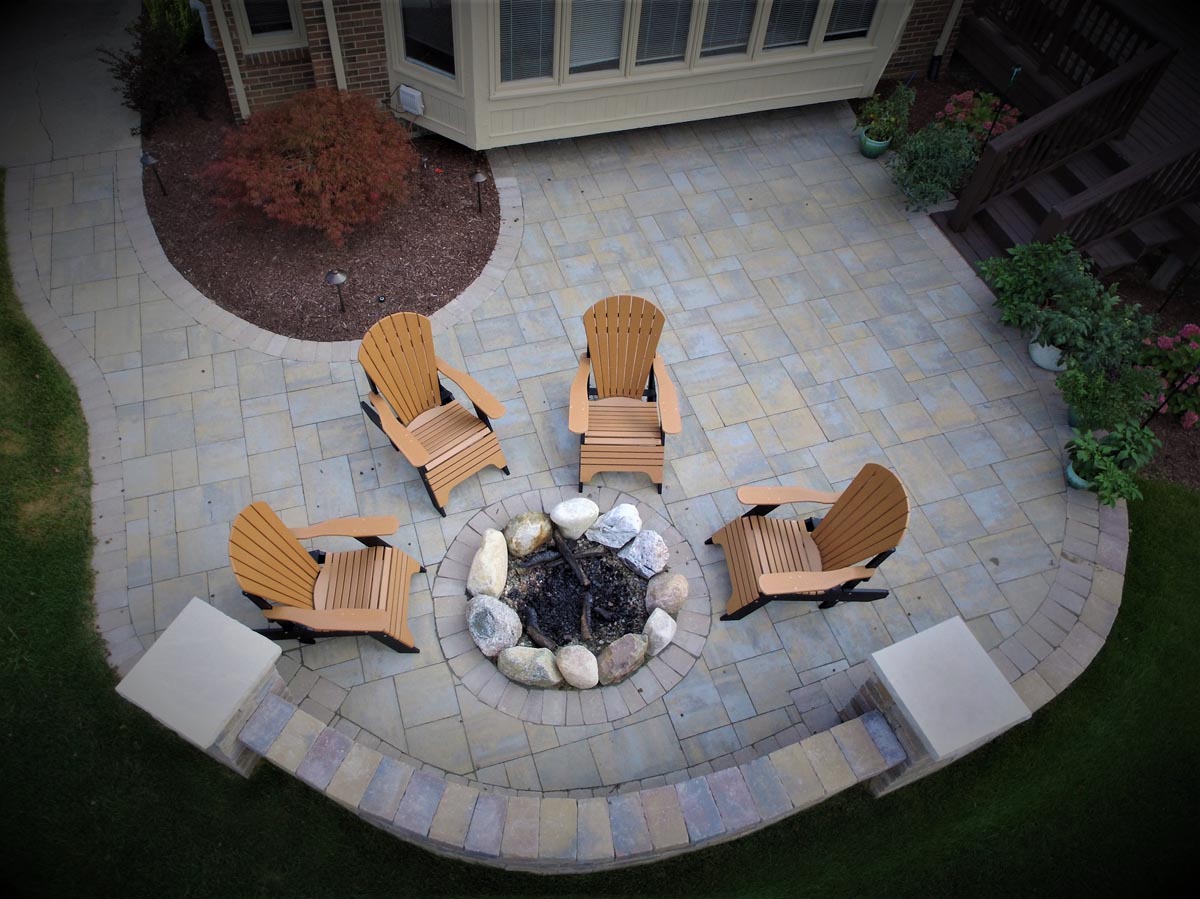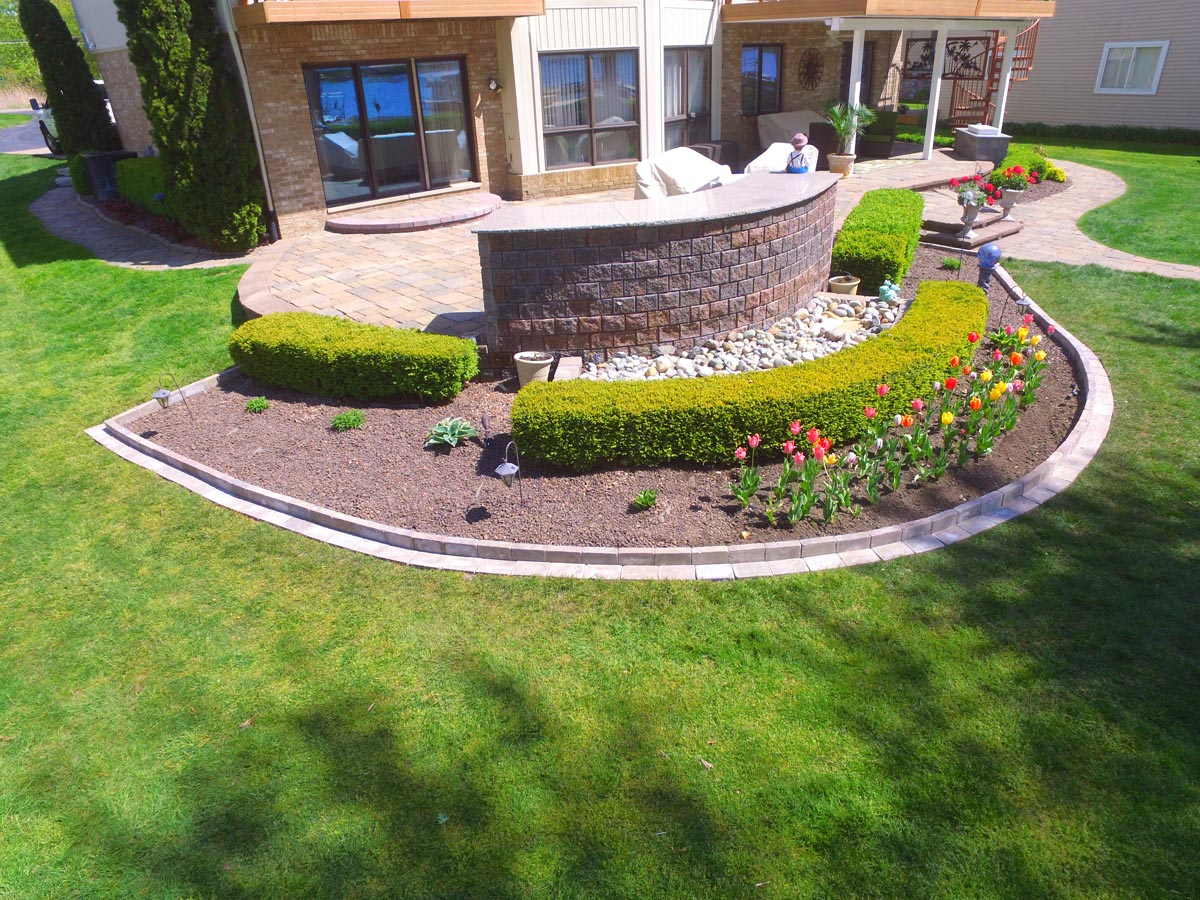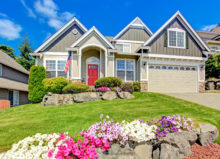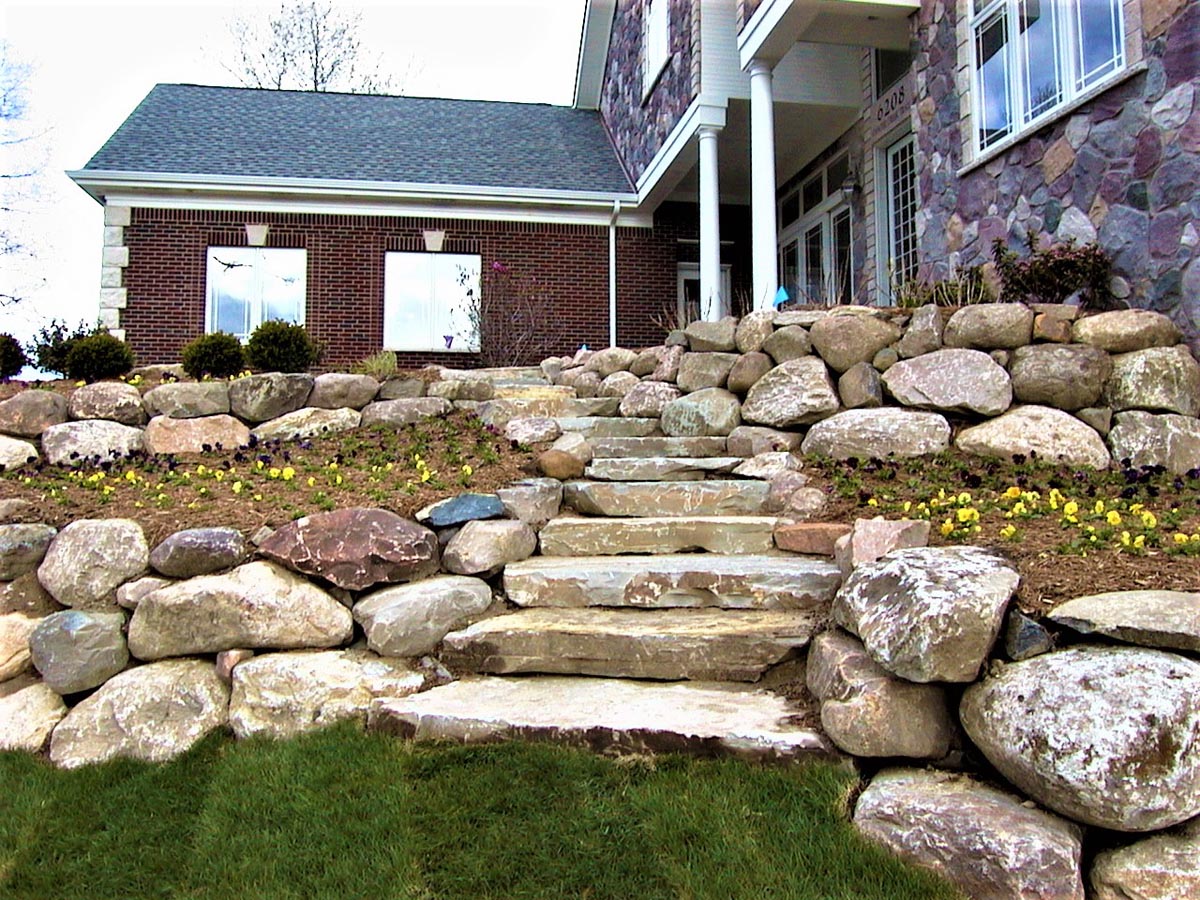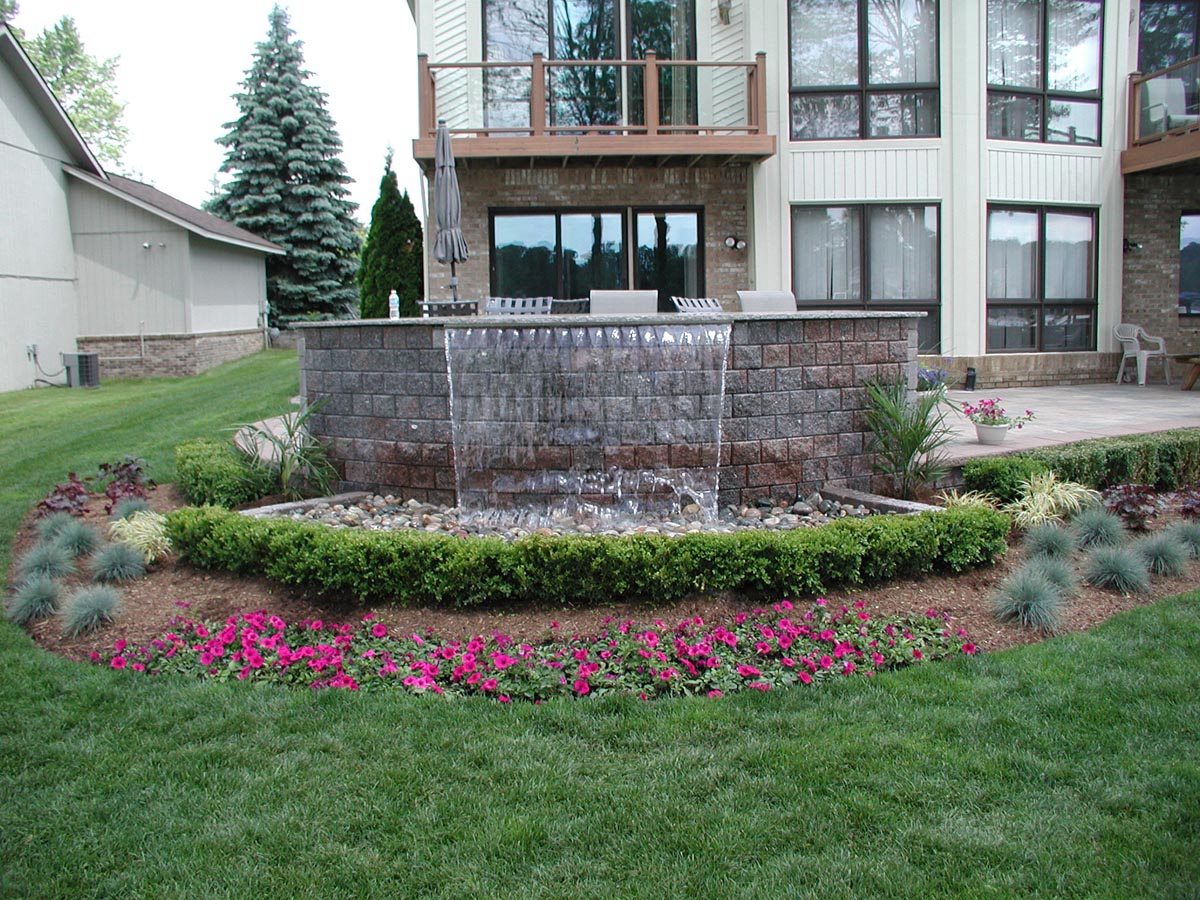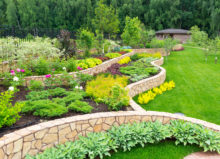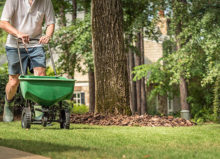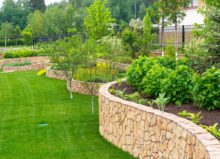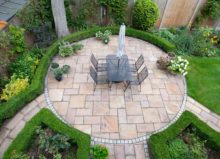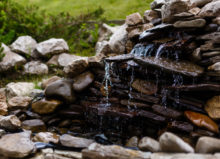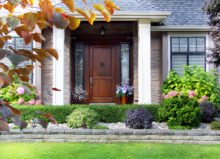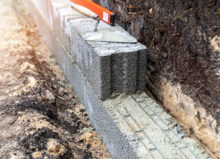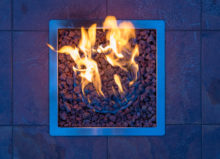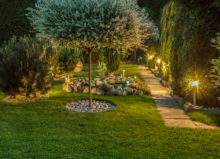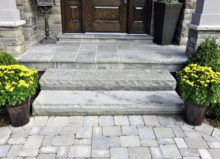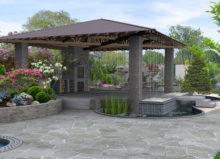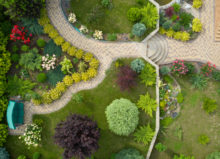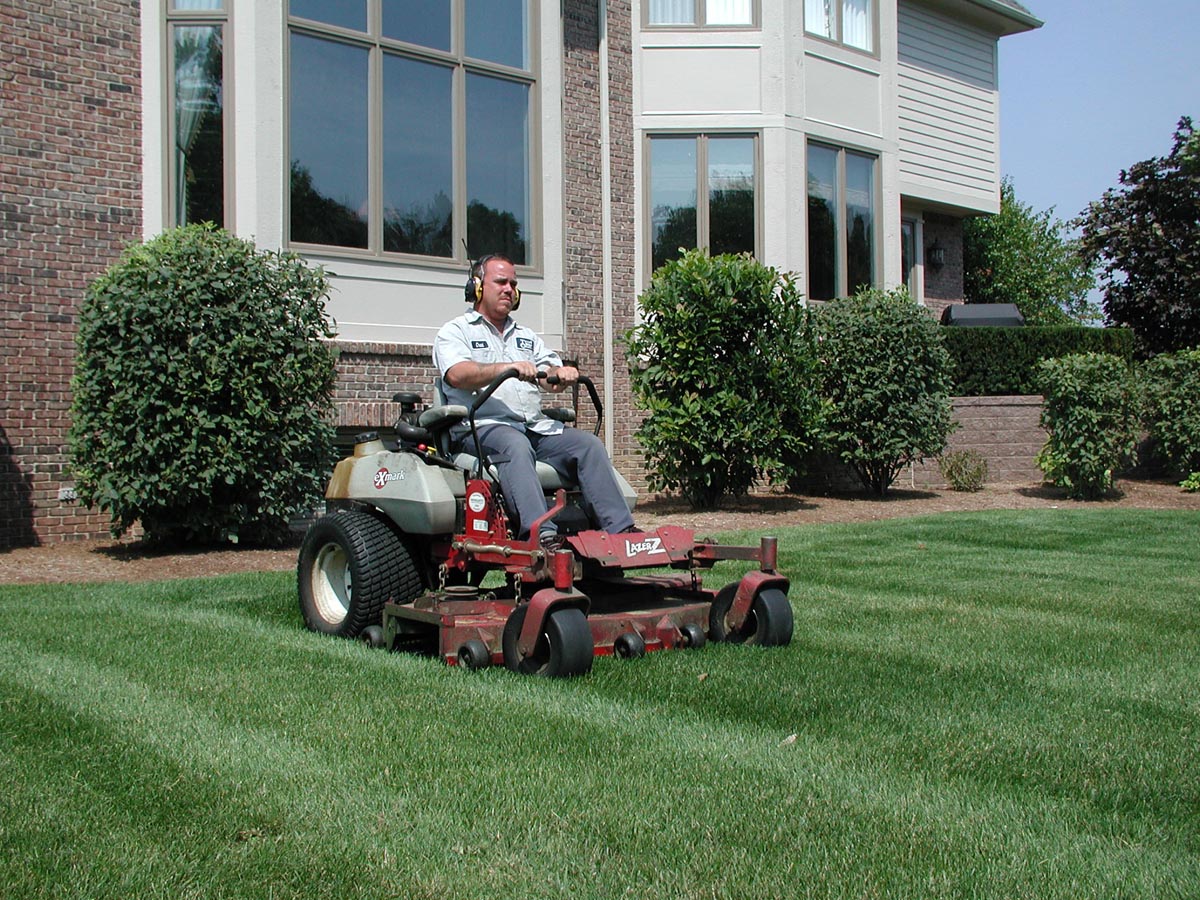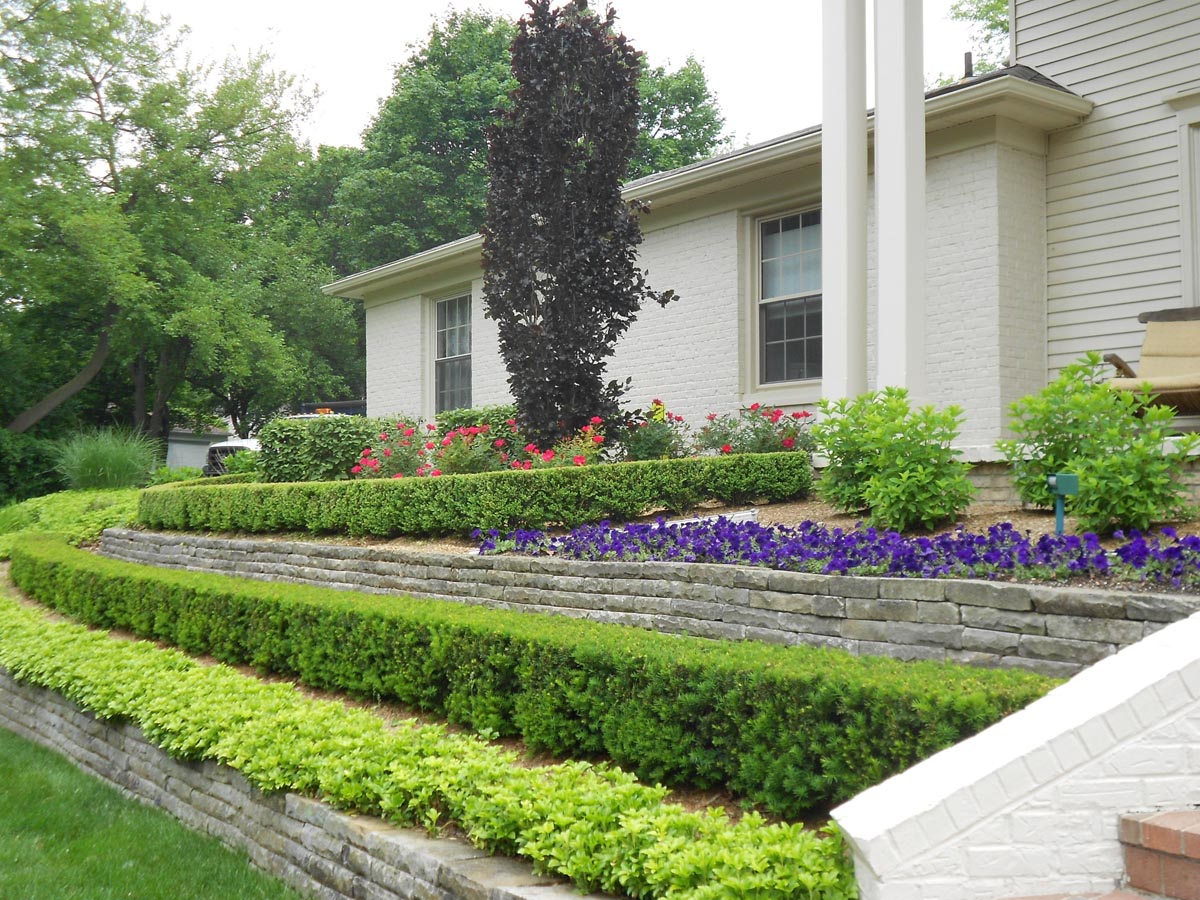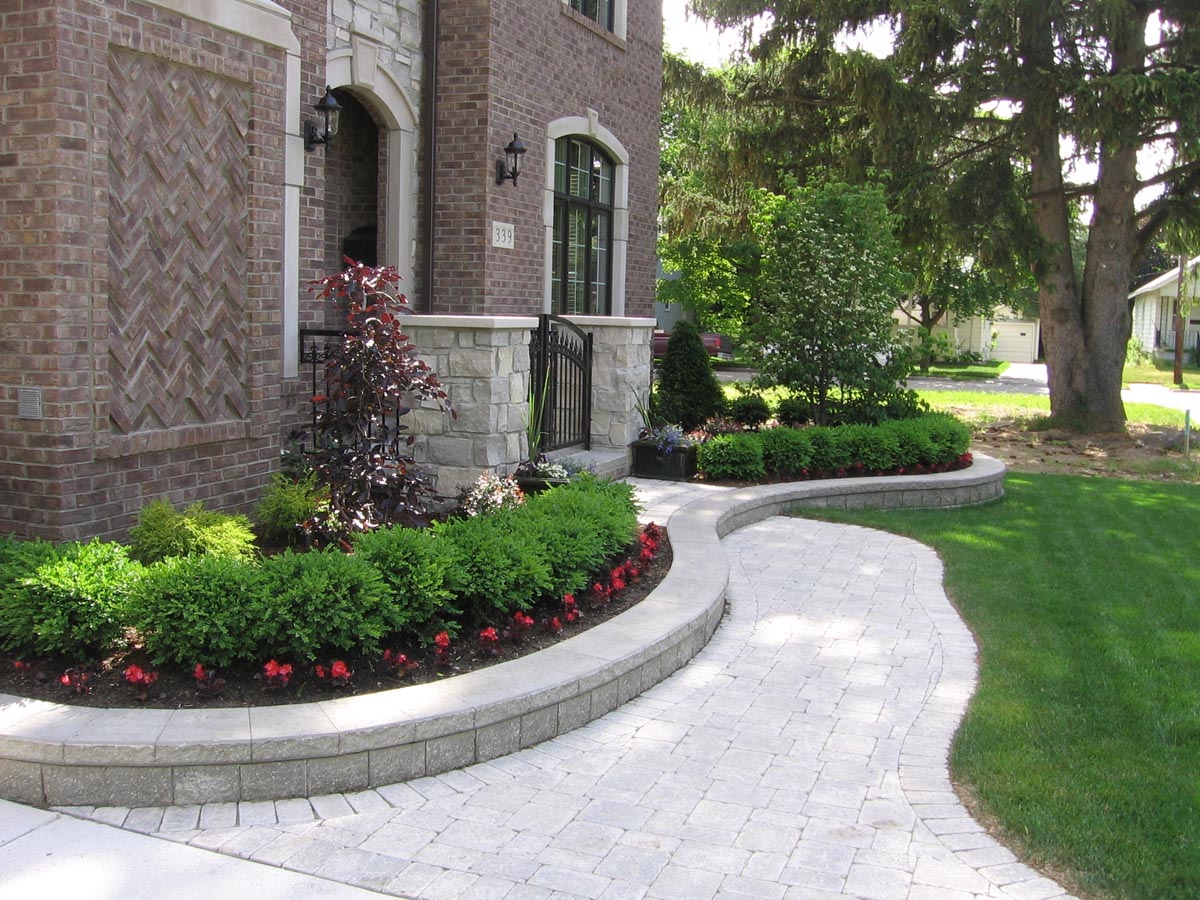Factors to Consider Before Installing an Outdoor Fireplace
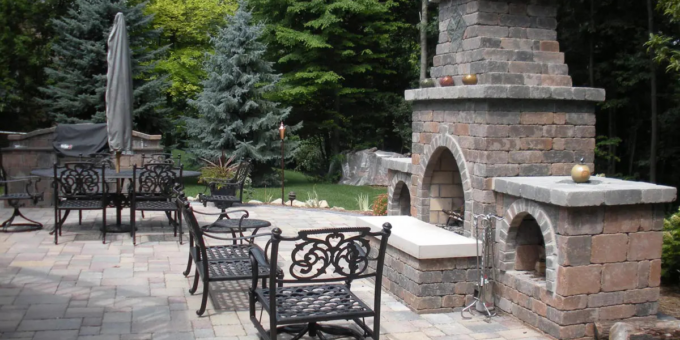
There’s something hypnotic about an outdoor fireplace—all your problems just seem to disappear just by staring into the flames. For some, a fireplace is a stress reliever. For others, it’s about creating ambiance and improving the value of their home.
If you love the idea of having an outdoor fireplace but don’t know where to begin, you’re in the right place. In this guide, we’ll help you properly plan your installation and provide tips on how to avoid potential problems. Ultimately, we’re here to help you create a space you and your family can enjoy for years to come.
Let’s start with one of the most important factors you need to consider during the planning phase—placement and location.
Placement/Location
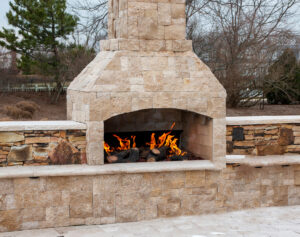
Here is a breakdown of what to consider when you’re figuring out the placement of your fireplace:
- Wind Direction: Always be mindful of the direction of the wind across your property. You want your outdoor fireplace to be in a sheltered location and to act as a barrier against the wind. Additionally, you certainly don’t want to find yourself in a situation where, on a windy day, you risk setting your home on fire.
- The View: Every property has an ideal view. You just need to decide how your outdoor fireplace will accentuate that view. A good rule of thumb is to think of the first place you look to when you enter your backyard or property.
- Safety: Avoid placing a wood-burning fireplace near heavily forested areas or those with plenty of shrubs and bushes. You want plenty of space (at least 10 feet) between the firebox (front of the fireplace) and these potential safety hazards. Additionally, be sure your fireplace is at least 5 feet away from your home—remember what we said earlier about accidentally setting your house on fire!
- Openness: There ****will be plenty of traffic to and from your fireplace. Consider this when calculating the space you need for your fireplace. Always provide a clear and safe barrier between the seating and the fireplace so you never end up with someone going to the hospital.
Space & Environment
Choose a location that allows for patio furniture, stairs, and extra features like recessed lighting. If you plan on adding an extension to your home at some point, ensure your location doesn’t interfere with those plans.
It’s also important to consider where you live, the weather, and your environment. For example, do you live in an area that experiences extreme cold or has heavy snowfall in the winter? If so, you will need to think about maintenance and winterization—just like any outdoor appliance, your fireplace will be susceptible to the elements.
Do you experience frequent rainfall or extreme heat and high wind? Are there frequent burn bans in your area? If so, can you realistically use a fireplace? If you want a fireplace but feel it’s unsafe to have one outside unsheltered, you can consider different fireplace types like electric or gas. Or, consider putting it in a more sheltered environment, like a screened-in porch or covered patio (if you go with this option, you will need a screen for your fireplace to reduce risks).
Deciding on a Fireplace Type
Of course, you are most likely concerned with aesthetics and choosing the best design, but deciding how that fire is fueled is just as important as the design you choose. In the following sections, we’ll break down the most common fireplace types: wood, gas, and electric.
Wood Fireplaces
Provided your local town or city doesn’t have bylaws against burning wood, a wood fireplace may be exactly what you’re looking for. For some, burning real wood just seems more natural.
Wood fireplaces are typically less expensive to install when compared to gas or electric fireplaces. Another benefit is that they can be used and even relied upon during power outages. However, they do require a considerable amount of maintenance and upkeep. They also generate more smoke than gas or electric fireplaces, which can be unpleasant for people with asthma or other lung conditions, and require cleanup after each use.
Gas Fireplaces
Gas fireplaces are a great low-maintenance option. There is no wood to buy, chop, and store, or ashes to clean up. They generate less smoke than wood-burning fireplaces and can easily be turned on and off simply by pushing a button.
The cost to install a gas fireplace is typically higher than wood or electric fireplaces. Another drawback is that some people don’t feel like gas fireplaces are as authentic as wood-burning fireplaces. For some, it’s the smell of burning wood that excites them most, and you just don’t get that with gas fireplaces. Lastly, the fireplace has to be connected to a propane or natural gas supply, which needs to be handled by a professional.
Electric Fireplaces
Electric fireplaces are another push-button solution for environmentally-conscious individuals. These fireplaces are easily customized, have a lower installation cost than gas fireplaces, and don’t require cleanup. They can also be incorporated to fit smaller spaces.
The downside is that while they are lower in cost, they don’t generate real flames and instead use imitation LED flames, which doesn’t provide that nostalgic feel you get with a wood-burning fireplace. They also don’t generate as much heat as gas or wood, the heat doesn’t travel very far, and they can’t be used during power outages.
Laws
Always adhere to local regulations, laws, and restrictions governing where you can and cannot place your fireplace, and check to ensure if a permit is required for the installation. It’s also not uncommon for bylaws to stipulate proper installation locations based on your property boundary.
Additionally, when conditions are dry, you need to look out for burn bans. States like Michigan even provide burn permits to residents in the Upper Peninsula and northern Lower Peninsula to notify them when open burning is permitted. If open burning is restricted some days, you must be careful—even if you aren’t openly burning large amounts of waste, starting a fire in extremely dry conditions is still dangerous and not advised.
Frequency of Use
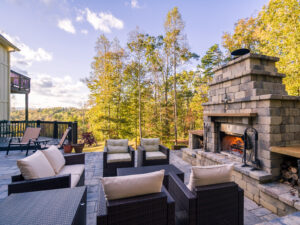
Your outdoor fireplace is an investment—both financially and emotionally. Unless your goal is to improve your home’s property value and immediately sell it, you most likely want to install a fireplace to enjoy and experience it. But, to get the most out of it, you have to use it.
If you plan on using an outdoor fireplace frequently, definitely install one. However, if you only plan on using it a few times a year or during the holidays when friends and family come over, then a fire pit is a less expensive option.
Read this resource for more guidance on how to choose between a fireplace and a fire pit.
Maintenance Requirements
All fireplaces require some level of maintenance. Your choice of an electric, gas, or wood-burning fireplace should come down to how willing and able you are to maintain it. If you live a hectic lifestyle and don’t have the time for maintenance and cleanup, a gas or electric fireplace is your best choice.
Wood-burning fireplaces require more upkeep. You’ll need to remove built-up ash from it occasionally, regularly use cleaning creosote logs, and sweep away debris and soot each time you use it. You’ll also have to ensure that all bushes and trees are properly trimmed and be careful about using your fireplace in dry conditions or cold weather. In the coldest extremes, a wood-burning fireplace may experience cracking.
For gas fireplaces, it’s important to periodically check the connections and gas lines to ensure there are no disconnections or condensation buildup. You may also need to check the burner itself and all ports. Carbon monoxide detectors are a must (if the fireplace is in a screened-in porch or other enclosed area), as is checking up on the logs. And during periods when you’re not using it, you must ensure you turn off the pilot light.
For electric fireplaces, it ultimately comes down to replacing LED lights, ensuring the fans are dust-free, and securing the electrical outlets.
So, if you want minimal maintenance, go with electric. If you don’t mind some maintenance, get a gas fireplace. And if you don’t care about the maintenance level and want the experience of a natural fire, install a traditional wood-burning fireplace.
DIY Versus Professional Installations
If you’re thinking of a DIY project, be sure to do your due diligence. An outdoor fireplace installation is a considerable undertaking. Not accounting for the proper traffic to and from the fireplace and choosing the wrong location and foundation are just some potential problems you can encounter.
While many fireplaces do come pre-built and ready to install, there is still a considerable amount of work involved to bring it to fruition. Another drawback of buying a pre-built outdoor fireplace is that they’re quite common. Some people simply aren’t interested in a cookie-cutter solution.
If you want a custom-made fireplace that considers all your needs, available space, and maintenance needs, then working with a professional is best. Hardscaping specialists can help you choose the right materials and location and design a fireplace that perfectly fits your lifestyle.
Design a Custom Outdoor Fireplace Today
Design One is a fully licensed and insured landscaping company that provides high-quality services to homeowners (and businesses) throughout Michigan. Founded over 30 years ago, we’re known for our professionalism and keen eye for detail. We can design and install all types of hardscaping elements, including outdoor fireplaces. Visit our online portfolio for a better look at a few of our custom designs.
If you’re interested in installing a custom outdoor fireplace, please contact us today to schedule a free consultation—we’re excited to hear your ideas!
As a residential and commercial landscaping company in Michigan, we’re experienced in both property care and landscaping design. With over 40 years of experience in the industry, Design One is great source of information when it comes to your Michigan lawn care needs! From preliminary design mapping, to irrigation and the types of plants you might want on your priority, we cover it all.




